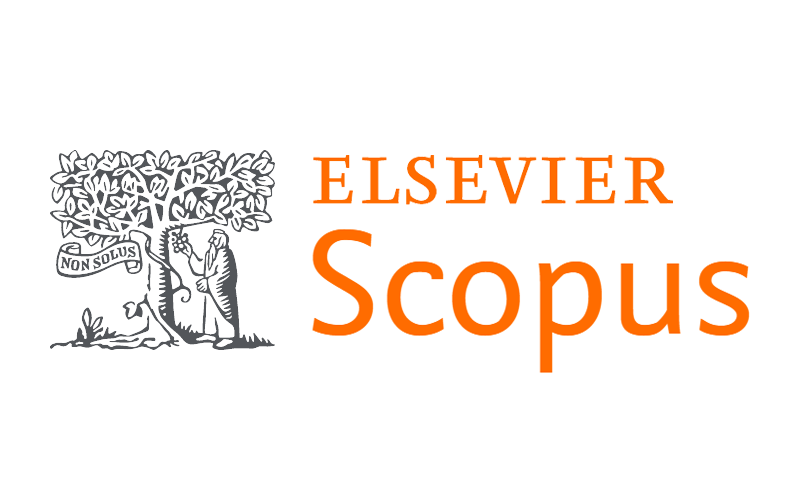The utility of artificial intelligence in identifying radiological evidence of lung cancer and pulmonary tuberculosis in a high-burden tuberculosis setting
DOI:
https://doi.org/10.7196/SAMJ.2024.v114i6.1846Keywords:
Utility, artificial intelligence, pulmonary tuberculosis, lung cancer, computer aided detection.Abstract
Background. Artificial intelligence (AI), using deep learning (DL) systems, can be utilised to detect radiological changes of various pulmonary diseases. Settings with a high burden of tuberculosis (TB) and people living with HIV can potentially benefit from the use of AI to augment resource-constrained healthcare systems.
Objective. To assess the utility of qXR software (AI) in detecting radiological changes compatible with lung cancer or pulmonary TB (PTB).
Methods. We performed an observational study in a tertiary institution that serves a population with a high burden of lung cancer and PTB. In total, 382 chest radiographs that had a confirmed diagnosis were assessed: 127 with lung cancer, 144 with PTB and 111 normal. These chest radiographs were de-identified and randomly uploaded by a blinded investigator into qXR software. The output was generated as probability scores from predefined threshold values.
Results. The overall sensitivity of the qXR in detecting lung cancer was 84% (95% confidence interval (CI) 80 - 87%), specificity 91% (95% CI 84 - 96%) and positive predictive value of 97% (95% CI 95 - 99%). For PTB, it had a sensitivity of 90% (95% CI 87 - 93%) and specificity of 79% (95% CI 73 - 84%) and negative predictive value of 85% (95% CI 79 - 91%).
Conclusion. The qXR software was sensitive and specific in categorising chest radiographs as consistent with lung cancer or TB, and can potentially aid in the earlier detection and management of these diseases.
References
Nam JG, Hwang EJ, Kim J, et al. AI improves nodule detection on chest radiographs in a health screening population: A randomised controlled trial. Radiology 2023;307(2):e221894. https://doi. org/10.1148/radiol.221894
Rajpurkar P, Lungren MP. The current and future state of AI interpretation of medical images. N Engl J Med 2023;388(21):1981-1990. https://doi.org/10.1056/NEJMra2301725
Van Zyl Smit RN, Pai M, et al. Global lung health: The colliding epidemics of tuberculosis, tobacco smoking, HIV and COPD. Eur Respir J 2010;35(1):27-33. https://doi.org/10.1183/09031936.00072909 4. Barta JA, Powell CA, Wisnivesky JP. Global epidemiology of lung cancer. Ann Glob Health
;85(1):8. https://doi.org/10.5334/aogh.2419
Al Lehebe A, Alomair A, Mahboub B, et al. Recommended approaches for screening and early
detection of lung cancer in the Middle East and Africa (MEA) region: A consensus statement. J Thorac
Dis 2024;16(3):2142-2158 https://doi: 10.21037/jtd-23-1568
World Health Organization.Global tuberculosis report WHO 2022. Geneva: WHO, 2022. https://
www.who.int/teams/global-tuberculosis-programme/tb-reports/global-tuberculosis-report-2022/tb-
disease-burden/2-1-tb-incidence (accessed 20 February 2023).
Putha P, Tadepalli M, Reddy B, et al. Can artificial intelligence reliably report chest X-rays?: Radiologist
validation of an algorithm trained on 2.3 million X-rays. arxiv:1807.07455, 2018. https://doi.
org/10.48550/arXiv.1807.07455
Mahboub B, Tadepalli M, Raj T, et al. Identifying malignant nodules on chest X-rays: A validation study of radiologist versus artificial intelligence diagnostic accuracy. Adv Biomed Health Sci 2022;1:137-143. https://doi.org/10.4103/abhs.abhs_17_22
Melendez J, Sánchez CI, Philipsen RH, et al. An automated tuberculosis screening strategy combining X-ray-based computer-aided detection and clinical information. Sci Rep 2016;6:25265. https://doi. org/10.1038/srep25265
Qin ZZ, Ahmed S, Sarker MS, et al. Tuberculosis detection from chest X-rays for triaging in a high tuberculosis-burden setting: An evaluation of five artificial intelligence algorithms. Lancet Digit Health 2021;3(9):e543-e554. https://doi.org/10.1016/S2589-7500(21)00116-3
World Health Organization. High priority target product profiles for new tuberculosis diagnostics: Report of a consensus meeting, 28 -29 April 2014. Geneva: WHO, 2014. https://www.who.int/ publications/i/item/WHO-HTM-TB-2014.18 (accessed 15 January 2022).
Vos T, Allen C, Arora M, et al. Global, regional, and national incidence, prevalence, and years lived with disability for 310 diseases and injuries, 1990 - 2015: A systematic analysis for the Global Burden of Disease Study 2015. Lancet 2016;388(10053):1545-1602. https://doi.org/10.1016/S0140- 6736(16)31678-6
Tandon YK, Bartholmai BJ, Koo CW. Putting artificial intelligence (AI) on the spot: Machine learning evaluation of pulmonary nodules. J Thorac Dis 2020;12(11):6954-6965. https://doi.org/10.21037/jtd- 2019-cptn-03
Berle DR, DeMello S, Berg CD, et al; National Lung Screening Trial Research Team. Results of the two incidence screenings in the National Lung Screening Trial. N Engl J Med 2013;369(10):920-931. https://doi.org/10.1056/NEJMoa1208962
Yoo H, Kim KH, Singh R, Digumarthy SR, Kalra MK. Validation of a deep learning algorithm for the detection of malignant pulmonary nodules in chest radiographs. JAMA Netw Open 2020;3(9):e2017135. https://doi.org/10.1001/jamanetworkopen.2020.17135
Singh R, Kalra MK, Nitiwarangkul C, et al. Deep learning in chest radiography: Detection of findings and presence of change. PLoS ONE 2018;13(10):e0204155. https://doi.org/10.1371/journal. pone.0204155
Homayounieh F, Digumarthy S, Ebrahimian S, et al. An artificial intelligence-based chest X-ray model on human nodule detection accuracy from a multicenter study. JAMA Netw Open 2021;4(12):e2141096. https://doi.org/10.1001/jamanetworkopen.2021.41096
Downloads
Published
Issue
Section
License
Copyright (c) 2024 Z Z Nxumalo, E M Irusen, B W Allwood, M Tadepalli, J Bassi, C F N Koegelenberg

This work is licensed under a Creative Commons Attribution-NonCommercial 4.0 International License.
Licensing Information
The SAMJ is published under an Attribution-Non Commercial International Creative Commons Attribution (CC-BY-NC 4.0) License. Under this license, authors agree to make articles available to users, without permission or fees, for any lawful, non-commercial purpose. Users may read, copy, or re-use published content as long as the author and original place of publication are properly cited.
Exceptions to this license model is allowed for UKRI and research funded by organisations requiring that research be published open-access without embargo, under a CC-BY licence. As per the journals archiving policy, authors are permitted to self-archive the author-accepted manuscript (AAM) in a repository.
Publishing Rights
Authors grant the Publisher the exclusive right to publish, display, reproduce and/or distribute the Work in print and electronic format and in any medium known or hereafter developed, including for commercial use. The Author also agrees that the Publisher may retain in print or electronic format more than one copy of the Work for the purpose of preservation, security and back-up.





